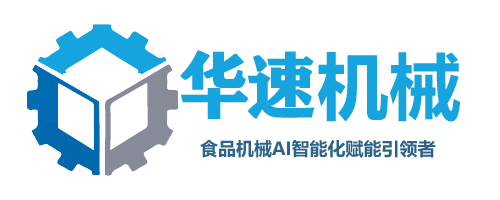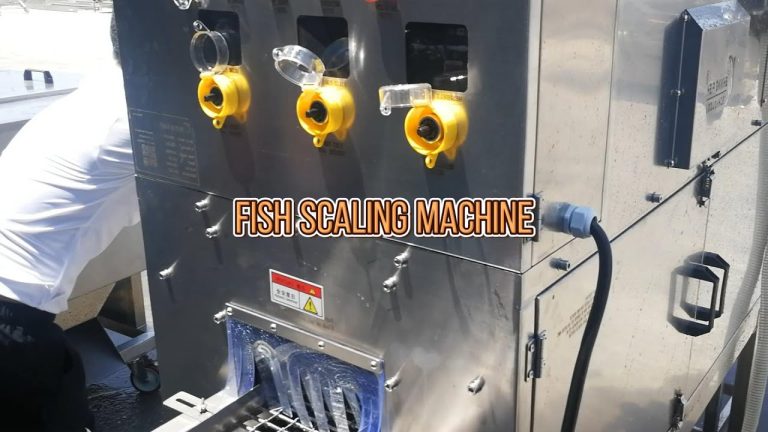Table of Contents
What is a Fish Scaling Machine?
| Serial No. | Products |
| 1 | Fish processing machinery |
| 2 | Descaling machine |
| 3 | Fish filleting machine |
| 4 | Fish cutting machine |
| 5 | Fish skin removal equipment |
| 6 | Fish machine cleaning water |
| 7 | Spray ice machine |
| 8 | Fish scaling gutting machine |
| 9 | Fresh fish meat picker |
| 10 | Fish slice cutting machine |
A fish scaling machine is a specialized piece of equipment designed to remove the scales from fish quickly and efficiently. These machines are commonly used in commercial fish processing facilities, restaurants, and even by hobbyists who wish to prepare fish for cooking or preservation. By automating the scaling process, these machines save time and labor while ensuring that the fish remains intact and unblemished.
Typically, a fish scaling machine consists of a rotating drum or conveyor belt equipped with scaling blades or brushes. As the fish move through the machine, the blades gently scrape off the scales without damaging the flesh underneath. This precision is crucial for maintaining the quality of the fish, especially in settings where presentation matters.
Advantages of Using a Fish Scaling Machine

One of the primary advantages of using a fish scaling machine is the significant reduction in manual labor. Traditional scaling methods can be time-consuming and labor-intensive, often requiring skilled workers to ensure the fish is scaled properly. With a scaling machine, the process is streamlined, allowing operators to scale large quantities of fish in a fraction of the time.
Moreover, fish scaling machines can improve hygiene and safety in food preparation environments. By reducing the need for handling fish manually, the risk of contamination is minimized. Additionally, many modern machines are designed with easy-to-clean features, ensuring that they meet health and safety standards in food processing.
Types of Fish Scaling Machines
There are several types of fish scaling machines available on the market, ranging from small, portable units suitable for home use to large industrial machines designed for high-volume fish processing. Small machines are often electric or manual, catering to individual users or small businesses that require occasional scaling.
On the other hand, larger industrial machines can process hundreds of fish per hour and are typically used in commercial settings. These machines often come with advanced features such as adjustable scaling speed, automatic feed mechanisms, and built-in waste disposal systems, making them ideal for large-scale operations.


